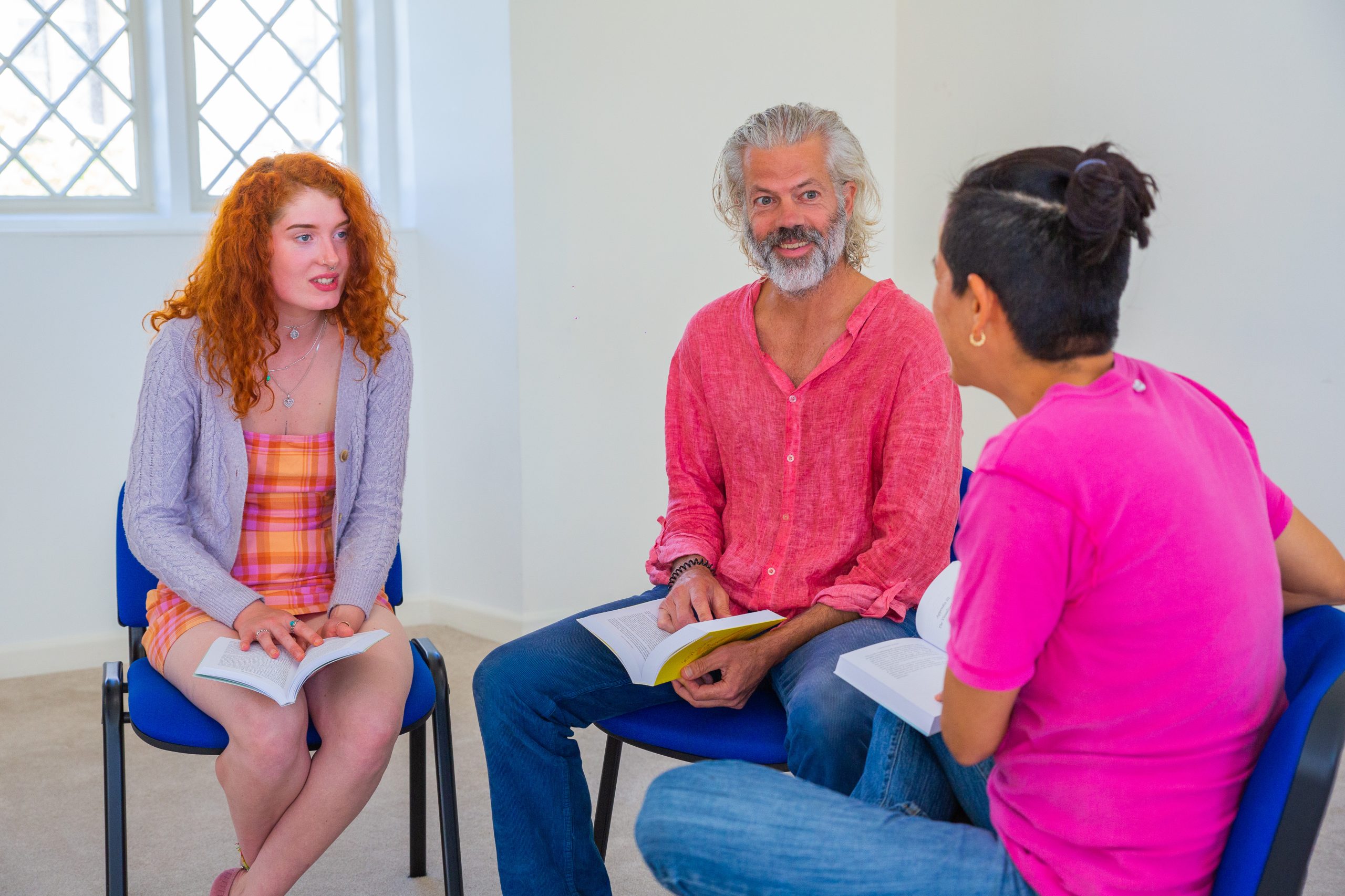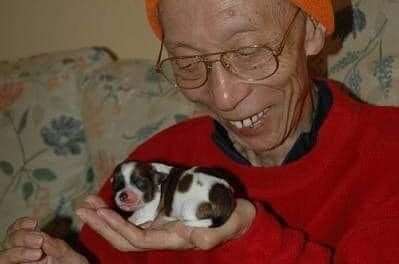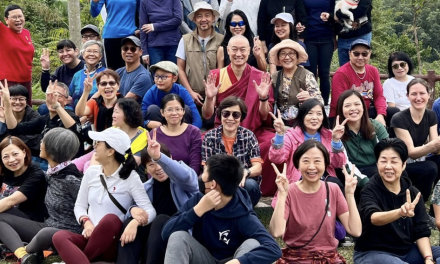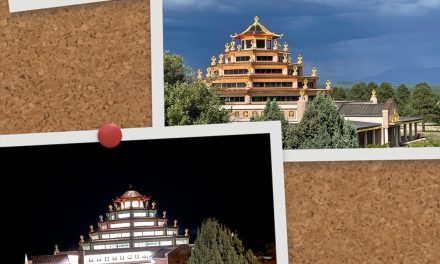No. New Kadampa Tradition (NKT) teachers, especially Resident (or main) Teachers are expected to have quite a lot of personal experience and training, and to be studying on or to have completed the Teacher Training Program. The NKT never falsely advertises that its teachers are already fully trained or perfect — they are described in their bios as students themselves. Until they attain enlightenment, NKT teachers are in training. They are supposed to be making effort daily to improve their own moral discipline, concentration, and wisdom, as well as their compassion and love for their students. These are also the minimum commitments for a Mahayana Spiritual Guide as explained in Lamrim, the stages of the path, teachings.
When most people go to local yoga classes, for instance, they do not insist on being taught only by those who have perfected every yoga asana over many years’ training. Their expectation is for their teacher to know more than them, to be a few steps ahead, and to care for their progress.
Some teachers in the NKT have been studying and practicing for decades and have a vast depth of knowledge and experience. Others have been studying and practicing for only a few years. However, although there are a variety of NKT teachers, all of them are the same insofar as they are acting as spiritual friends, simply teaching Buddhism and meditation to help students find a happy life in accordance with the tradition of Buddha Shakyamuni, Je Tsongkhapa, and Atisha as presented in the West by Ven. Geshe Kelsang.
NKT teachers are rigorously trained and monitored — for example, potential Resident Teachers (RTs) attend a six-month course at Manjushri Kadampa Meditation Centre before being assigned. Existing Resident Teachers have to send regular reports, and attend a 3-week international Teacher Training Program at Manjushri Centre every Summer until they have finished the Teacher Training Program. Training qualified, skillful, and accessible teachers was very close to Geshe Kelsang’s heart.
In A Wishfulfilling Dharma Jewel, an introduction to the study programs given in October 1990, Geshe Kelsang says:
Buddhadharma is beneficial to others only if there are qualified teachers. Without teachers, Dharma texts alone are of little benefit. To become a qualified Dharma teacher requires special preparation and training. It is not easy to become a Dharma teacher because special qualities are needed: wisdom, correct view, faith, conviction, and pure conduct as an example to others. Also a teacher needs an inexhaustible reservoir of Dharma knowledge and experience to teach from, otherwise he or she will dry up after one or two years.
If a teacher lacks qualities such as wisdom, experience, faith, and pure motivation, it will be difficult for others to develop faith in them or their teachings, and there will be little benefit. Also, without proper training and preparation there is a danger of teachers mixing worldly, samsaric activities with their teaching activities. Therefore we definitely need to train well if we wish to be of genuine benefit to others.
Geshe Kelsang has also said on several occasions that teachers and students can help each other to make progress and can learn from one another. He cites his own example of learning so much from his own Western disciples.
Within the NKT, teachers can be ordained or lay, women or men. There are also different types of teacher in NKT Dharma Centers. Resident Teachers (RTs) generally teach all three study programs (the General Program (GP), Foundation Program (FP) and the Teacher Training Program (TTP). Other teachers can teach FP or GP at the Center or GP at branch classes (which meet in locations such as health or community centers or churches.) Every NKT teacher is constantly improving his or her qualifications by studying and meditating systematically on the TTP or FP program. These programs are rigorously constructed and monitored, and require study, memorization, the passing of exams, meditation practice and (in the case of TTP) meditation retreat.





